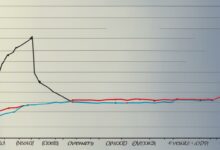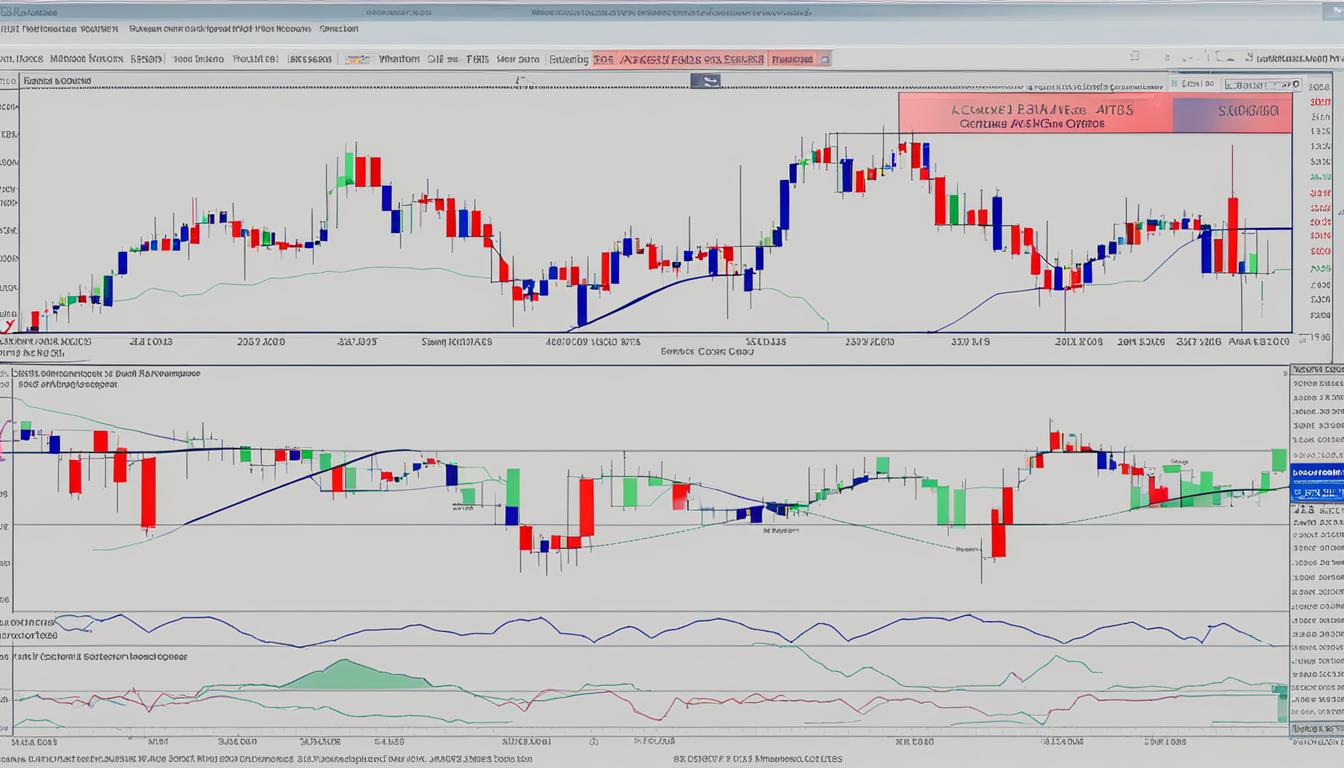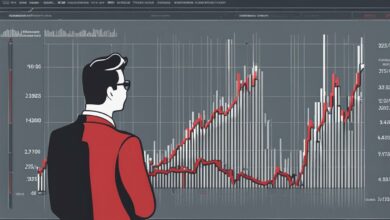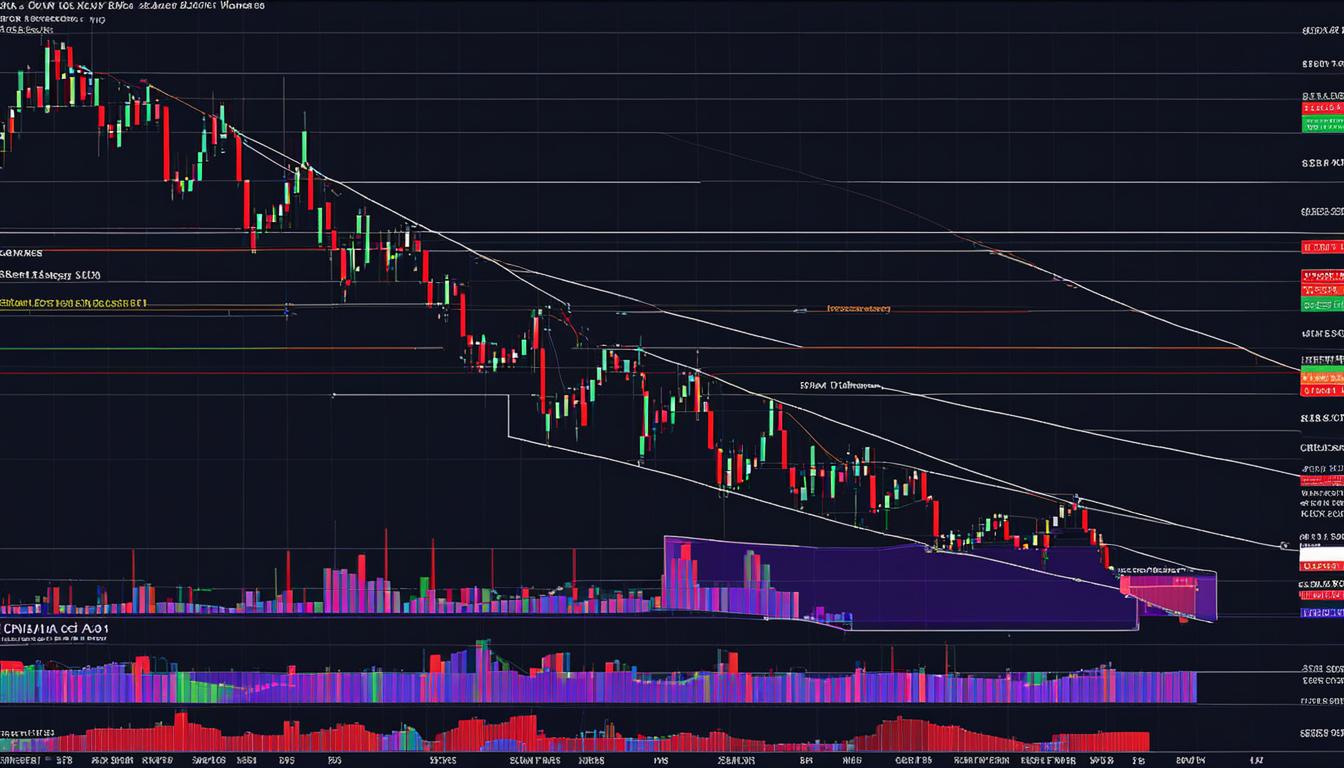Technical Analysis
The Limitations Of The MACD Indicator

The Moving Average Convergence Divergence (MACD) is a powerful tool for technical analysis, but it’s essential to understand its limitations when relying on it for investment decisions. Here are some potential drawbacks to consider:
- Dependence on Historical Data: The MACD is based on historical price data. While this can provide valuable insights into past trends, it may not always accurately predict future market movements. Market conditions can change rapidly and unexpectedly, making reliance on past data alone a risky strategy.
- Potential for False Signals: The MACD can generate false signals, leading to potential losses. For instance, it may indicate a buy signal when the price is about to drop, or a sell signal when the price is about to rise. Therefore, traders should not rely solely on the MACD for their trading decisions but use it in conjunction with other technical analysis tools.
- Ineffectiveness in Sideways Markets: The MACD works best in trending markets with high volatility. In choppy or sideways markets, where there is no clear trend, the MACD may produce inaccurate signals. This can lead to confusion and potentially erroneous trading decisions.
- Lagging Indicator: The MACD is a lagging indicator, meaning it follows price action. While this can be useful in confirming trends, it also means that the MACD can be slow to respond to sudden changes in price. This lag can result in missed trading opportunities.
- Risk of Overreliance: Some traders may become overly reliant on the MACD, ignoring other important factors such as economic indicators, company fundamentals, and market news. This overreliance can lead to a narrow view of the market and potential trading mistakes.
- Difficulty in Identifying Overbought or Oversold Conditions: While the MACD can help gauge the strength of a directional move, it does not have concrete overbought or oversold levels like some other indicators. This can make it more challenging to identify potential price reversals.
To mitigate these limitations, traders can use the MACD in conjunction with other technical indicators and tools. For instance, increasing the number of periods for the signal line can help avoid false signals. Additionally, incorporating a longer-term moving average, such as the 200-day moving average, can help identify the direction of the primary trend.







